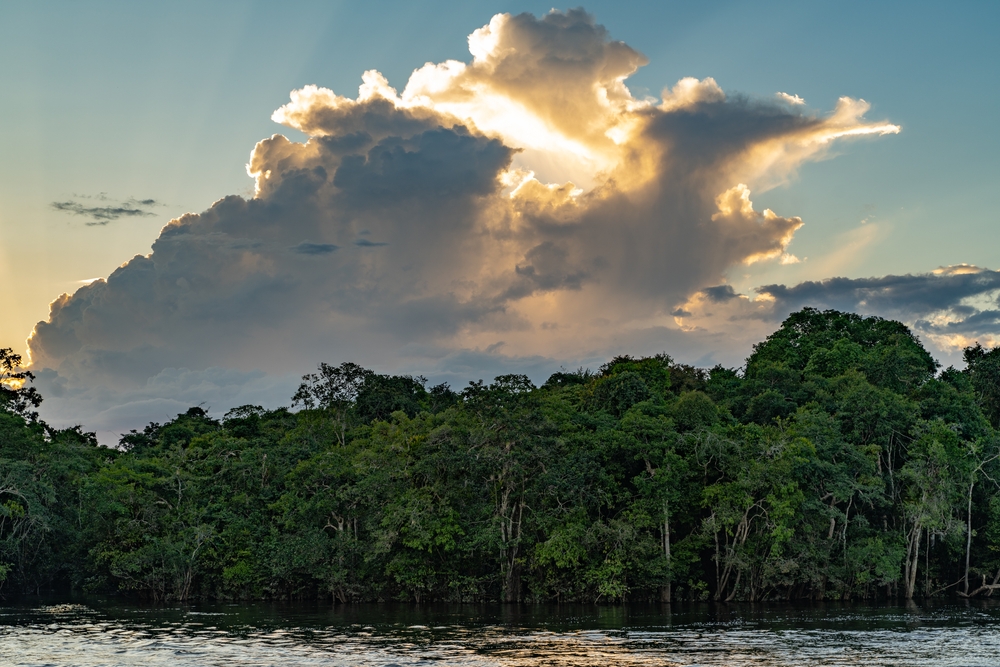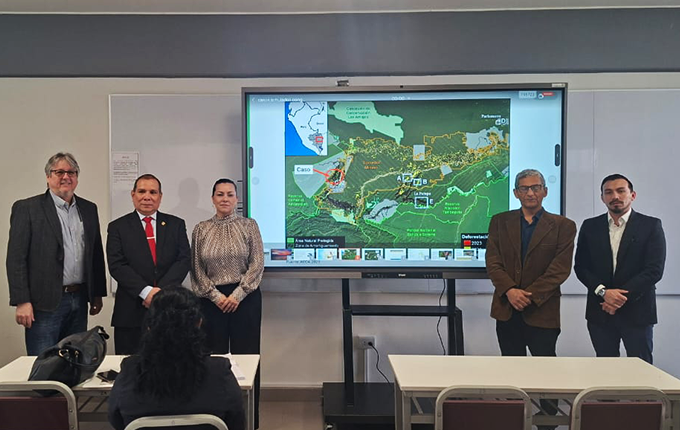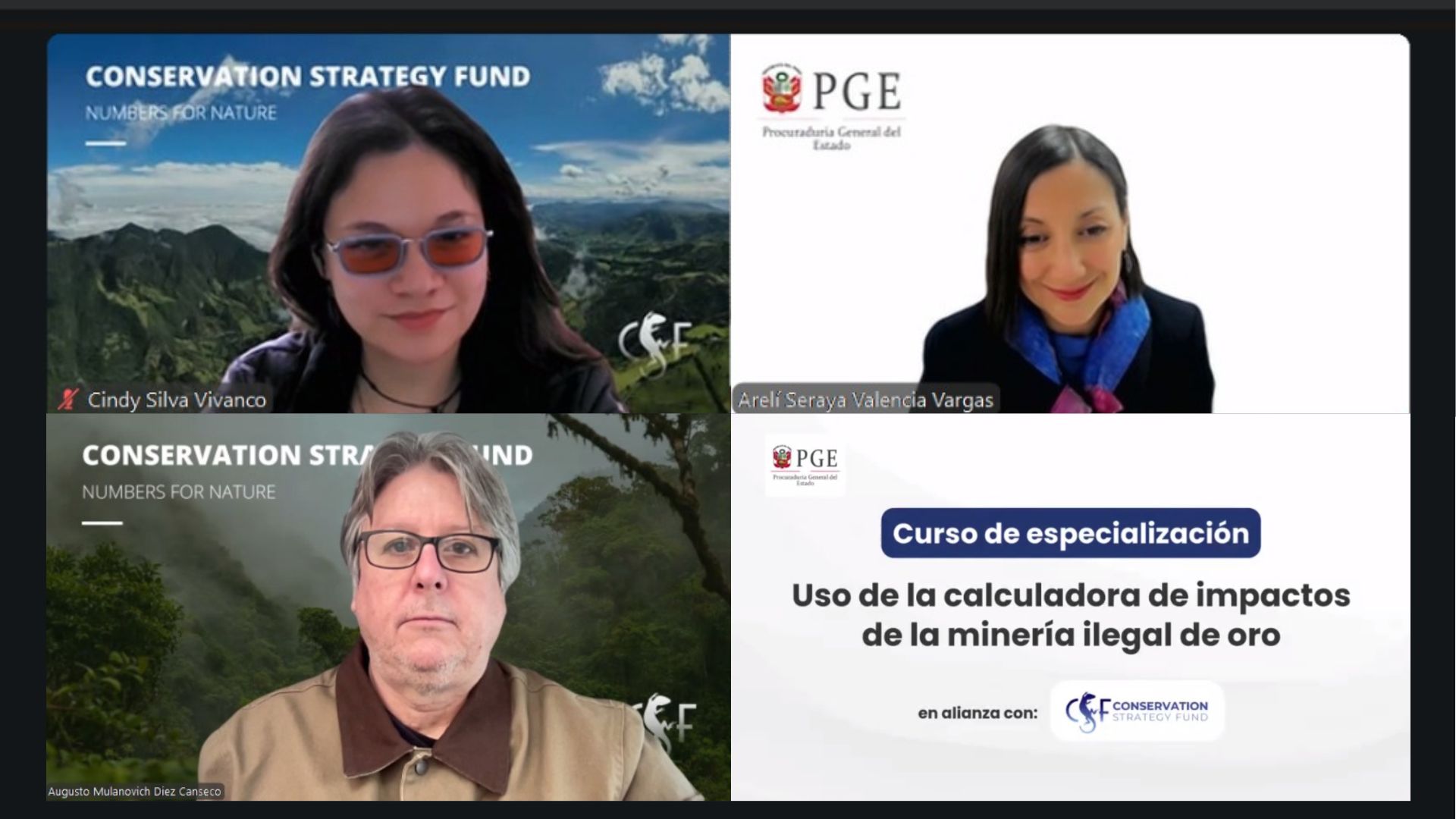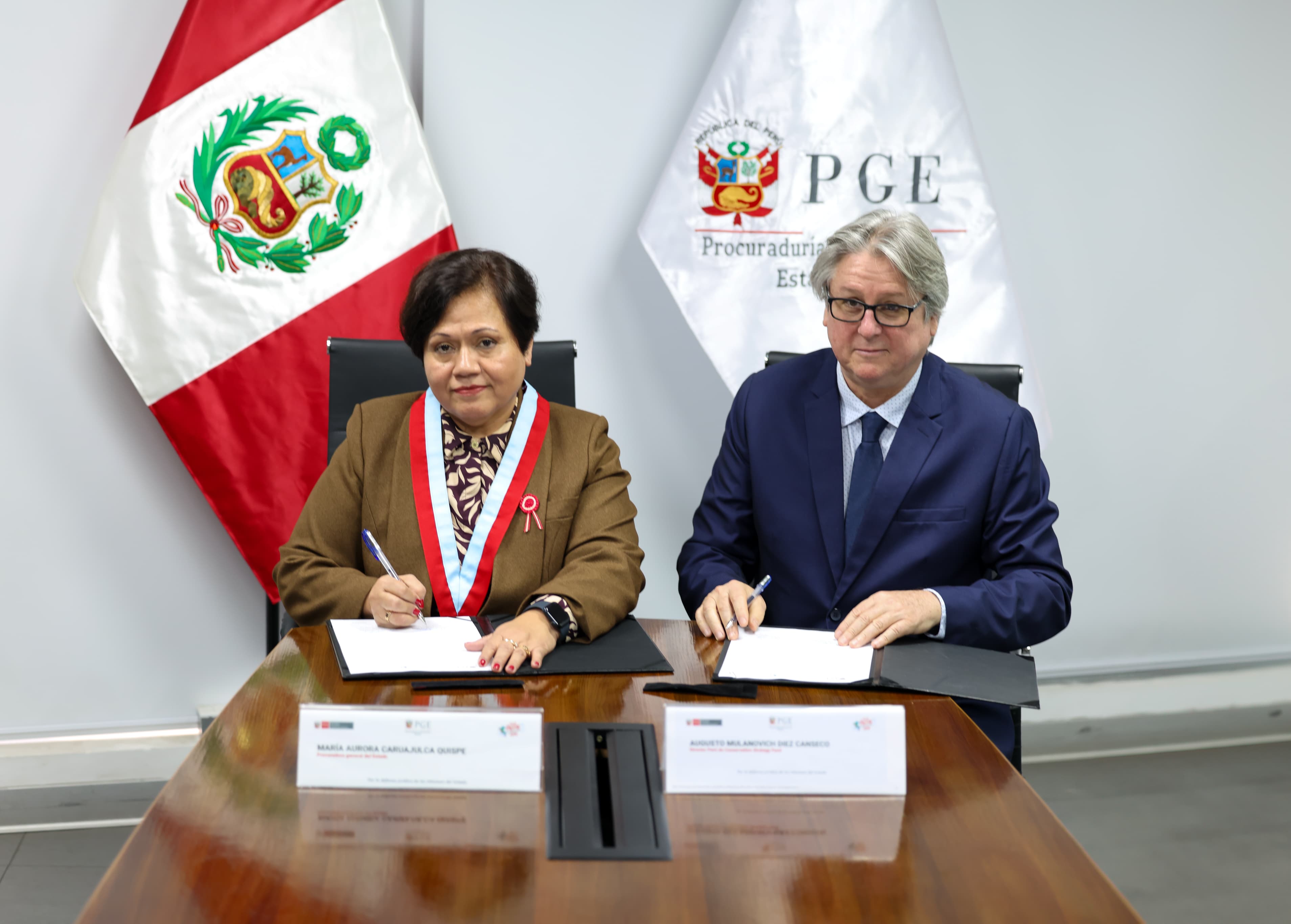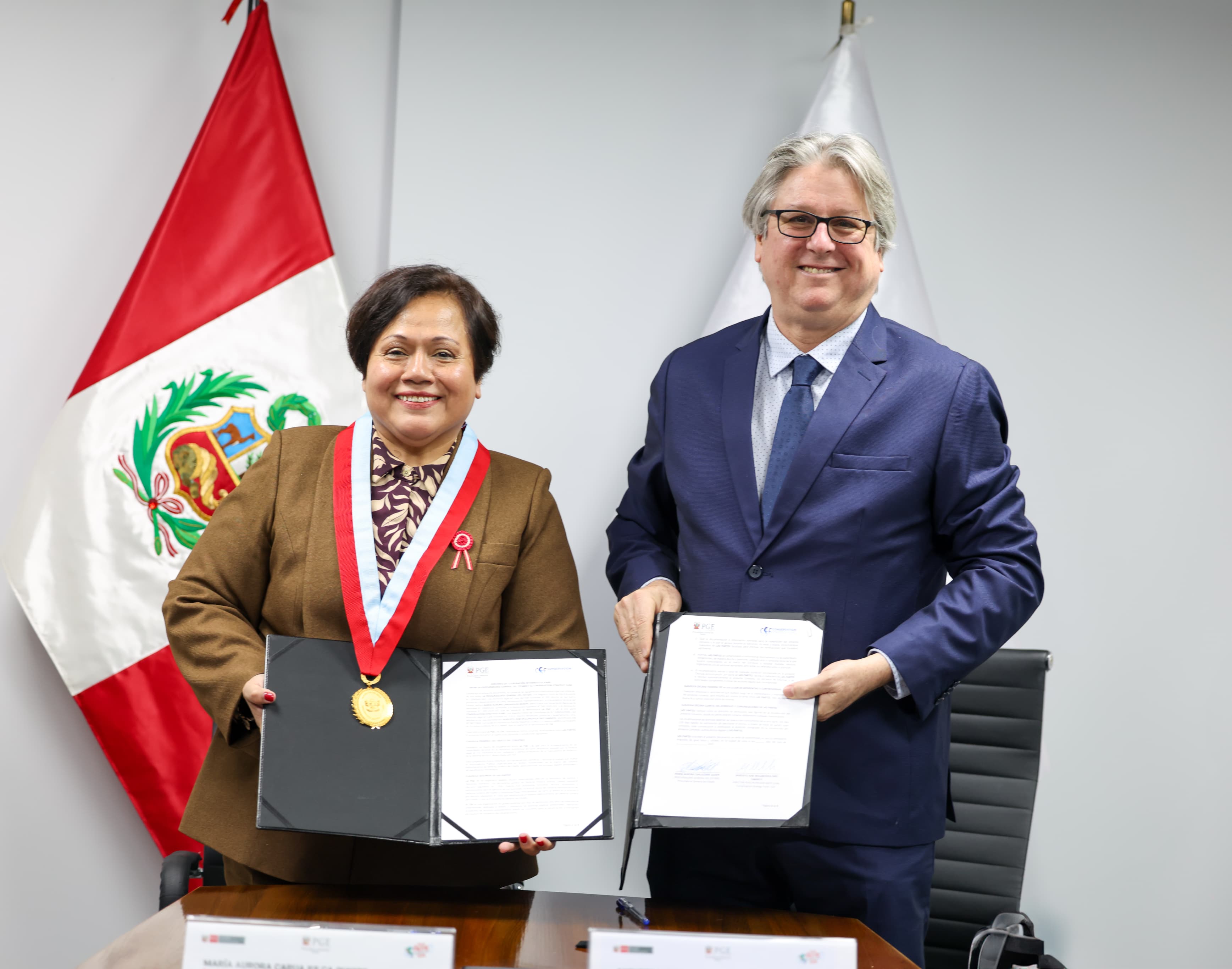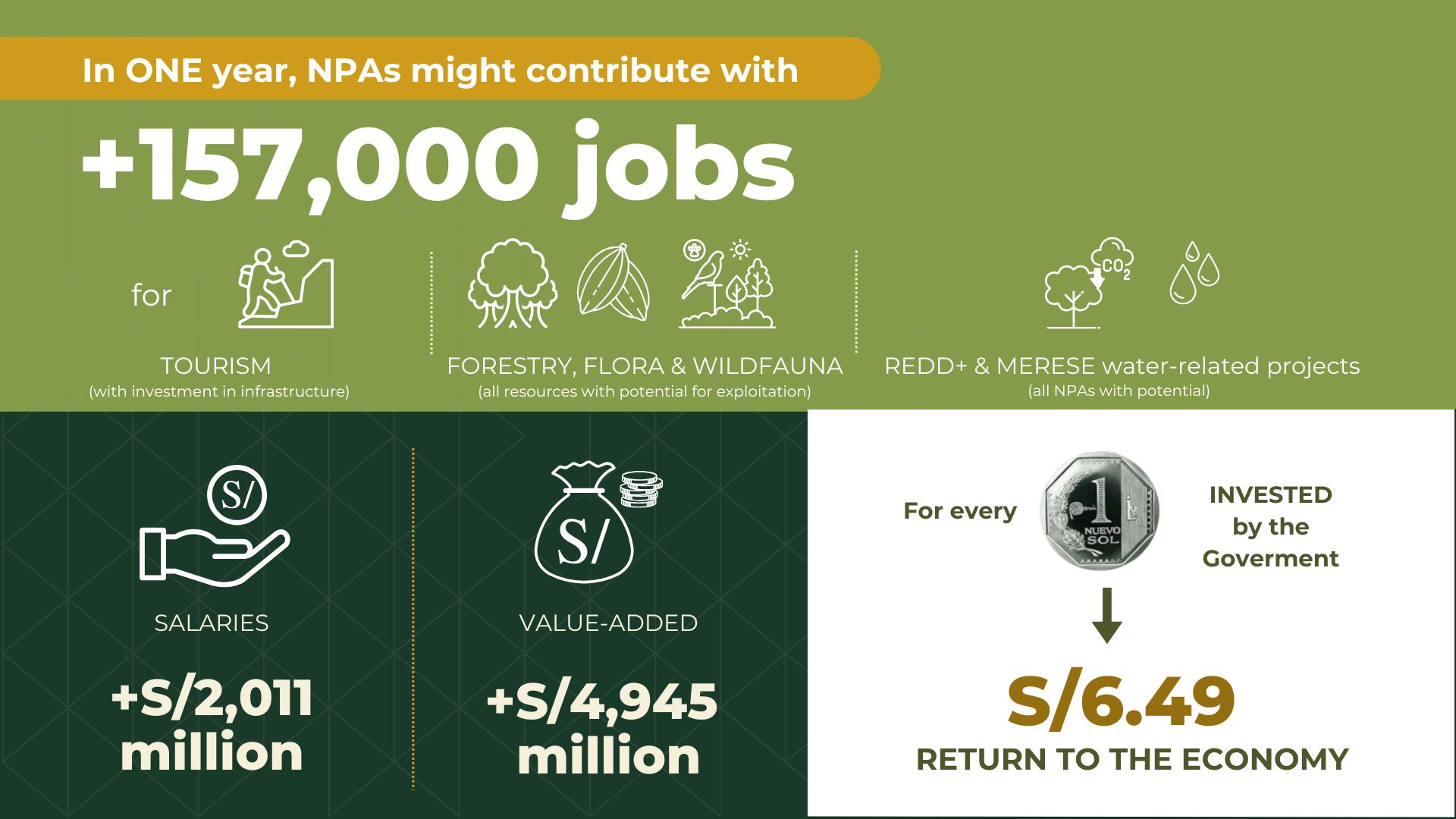News
The partnerships with the Public Prosecutor’s Office and the National Forest and Wildlife Service aim to reinforce efforts against environmental crimes and promote the sustainable management of forests.
The partnerships with the Public Prosecutor’s Office and the National Forest and Wildlife Service aim to reinforce efforts against environmental crimes and promote the sustainable management of forests.
Within the framework of the VII International Congress on Environmental Justice, organized by the National Commission on Environmental Justice of the Judiciary (CNGA), the workshop "Illegal Mining and the Quantification of Environmental Damage" was held. This is a joint initiative of the Foundation for Conservation and Sustainable Development (FCDS), the Conservation Strategy Fund (CSF), and the State Attorney General's Office (PGE).
On July 16, the Training and Capacity Building Center (CFC) of the State Attorney General's Office (PGE), in partnership with the Conservation Strategy Fund (CSF), launched the virtual course "Using the Illegal Gold Mining Impact Calculator." This academic initiative seeks to strengthen the technical capacities of public officials in legally defending the State against damages caused by illegal mining. The course was held in two sessions scheduled for July 16th and 18th of this year.
El pasado 16 de julio, el Centro de Formación y Capacitación (CFC) de la Procuraduría General del Estado (PGE), en alianza con Conservation Strategy Fund (CSF), dio inicio al curso virtual “Uso de la Calculadora de Impactos de la Minería Ilegal de Oro”. Esta iniciativa académica busca fortalecer las capacidades técnicas de los funcionarios públicos en la defensa jurídica del Estado frente a los daños ocasionados por la minería ilegal. El curso se desarrolló en dos sesiones programadas para el 16 y 18 de julio del presente año.
Lima, Peru - On Friday, July 11th, Conservation Strategy Fund (CSF) and the Attorney General's Office (PGE) signed an Interinstitutional Cooperation Agreement to strengthen technical capacities in the economic valuation of environmental damage caused by illegal gold mining.
Con el objetivo de fortalecer las capacidades técnicas en la valoración económica del daño ambiental causado por la minería ilegal de oro, Conservation Strategy Fund (CSF) y la Procuraduría General del Estado (PGE) firman un Convenio de Cooperación Interinstitucional.
Lima, 29 de mayo de 2025 – En el marco del Peru Carbon Forum 2025, Augusto Mulanovich, Director de Conservation Strategy Fund (CSF) en Perú, participó como ponente en la mesa titulada “Proyectos de Soluciones Basadas en la Naturaleza (SbN) para Perú: Conservación de ecosistemas y mercado de carbono”. El evento reunió a actores del sector público, empresas, ONGs y sociedad civil para debatir sobre el futuro del mercado de carbono en la región.
LIMA, May 29, 2025 — At the Peru Carbon Forum 2025, Augusto Mulanovich, Director of Conservation Strategy Fund Peru, presented a comprehensive analysis on the financial and economic foundations necessary for scaling Nature-Based Solutions (NbS) in Peru. Speaking on the panel “Nature-Based Solutions (NbS) Projects for Peru: Ecosystem Conservation and the Carbon Market,” Mulanovich joined experts from government, business, civil society, and environmental organizations to explore the future of carbon markets in the region.
A recent study from Conservation Strategy Fund (CSF) demonstrates the positive impact of NPAs on the Peruvian economy, and highlights how an investment in these services could mean a return of nearly 900% in economic value to Peru. This economic analysis indicates that strategic investments in these spaces will conserve natural heritage, and also generate employment and economic growth.

